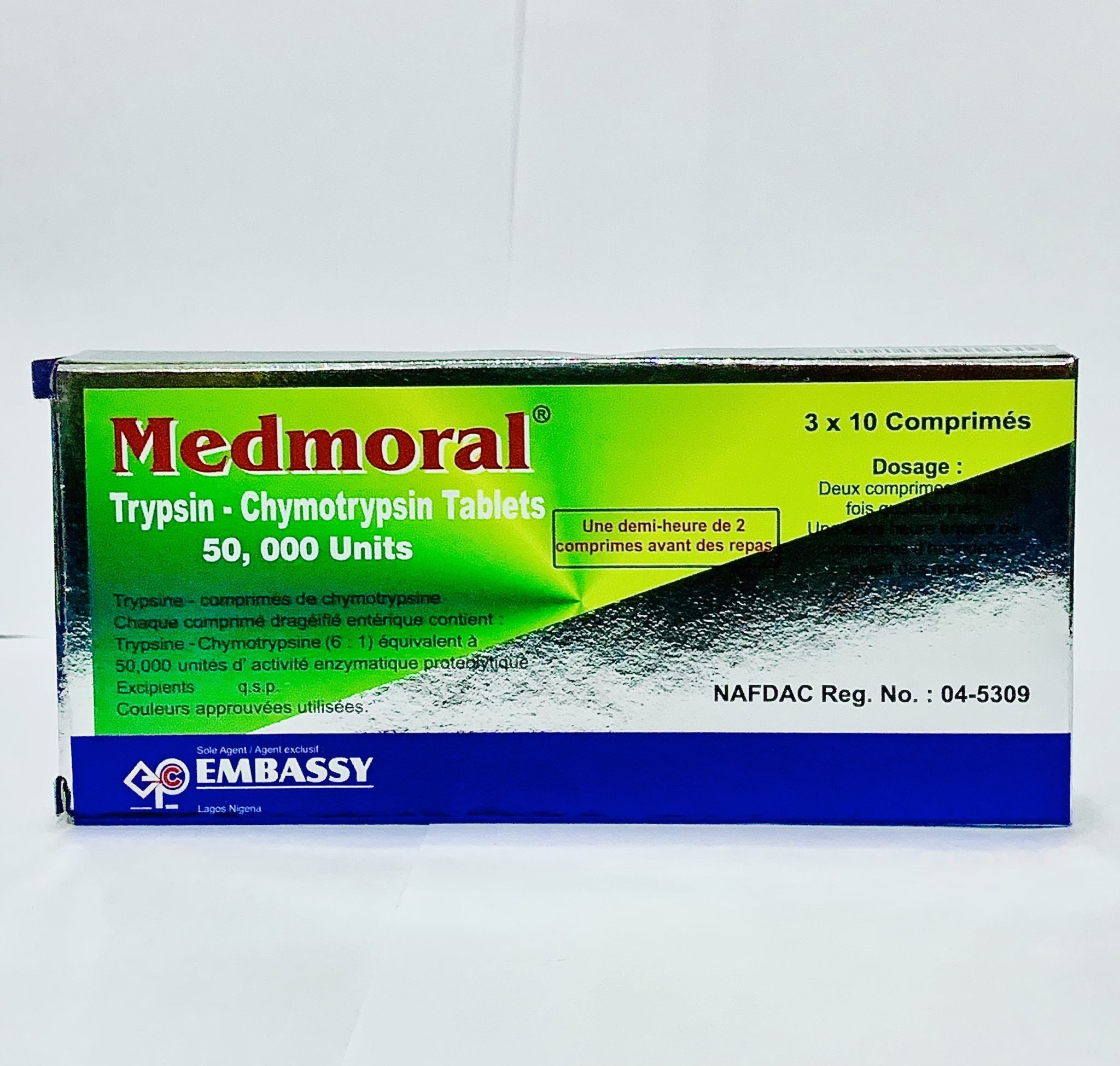

Testosterone therapy can significantly improve quality of life for those experiencing low testosterone levels. However, it’s crucial to understand and anticipate the financial aspects involved to ensure smooth and sustainable treatment. For anyone considering or already undergoing trt online, planning your budget is essential.
The Importance of Testosterone Therapy
Low testosterone levels can lead to a range of health issues, including fatigue, depression, and reduced muscle mass. Testosterone therapy aims to restore normal levels, alleviating these symptoms and improving overall well-being. Understanding the potential costs associated with this therapy helps in making informed decisions.
Initial Consultation Costs
Before starting testosterone therapy, you’ll need an initial consultation with a healthcare provider. This consultation typically includes a thorough medical examination and blood tests to determine your testosterone levels. The cost can vary, but expect to spend approximately $100 to $300 for this initial visit, depending on your location and healthcare provider.
Ongoing Doctor Visits
Regular follow-up appointments are necessary to monitor your progress and adjust dosages as needed. These visits help ensure the effectiveness and safety of the therapy. Budgeting for these ongoing doctor visits is important. Typically, follow-up appointments can cost between $50 and $150 each, depending on your provider and insurance coverage.
Medication Costs
The cost of testosterone medication varies widely based on the type, dosage, and brand. Common forms include injections, gels, patches, and pellets. Injections are often the most affordable option, with prices ranging from $30 to $100 per month. Gels and patches can be more expensive, costing around $200 to $500 per month. Pellets, which are implanted under the skin, may cost between $500 and $1,000 every three to six months.
Insurance and Out-of-Pocket Expenses
Insurance coverage for testosterone therapy varies significantly. While some insurance plans cover part or all of the costs, others may not. It’s essential to review your insurance policy and speak with your provider to understand what’s covered. Be prepared for potential out-of-pocket expenses, especially if your insurance doesn’t cover the therapy or only partially covers it.
Ancillary Costs
In addition to the primary costs of consultations and medications, consider ancillary expenses. These may include additional blood tests, supplements, and lifestyle changes like diet and exercise programs recommended by your healthcare provider. These costs can add up over time, so it’s wise to factor them into your budget.
Tips for Managing Costs
- Compare Prices: Shop around for the best prices on medications and services. Pharmacies and healthcare providers may offer different rates.
- Use Generics: Opt for generic versions of testosterone medications, which are often cheaper than brand-name counterparts.
- Seek Discounts: Look for manufacturer discounts, patient assistance programs, or pharmacy discount cards to reduce medication costs.
- Plan Ahead: Budget for future expenses and set aside funds regularly to cover ongoing therapy costs.
- Insurance Review: Regularly review your insurance plan and explore options that provide better coverage for testosterone therapy.
Conclusion
Budgeting for testosterone therapy is a crucial step in ensuring you can sustain the treatment and reap its benefits. By understanding the various costs involved and proactively managing your finances, you can make informed decisions and maintain your therapy without unnecessary stress. Remember, investing in your health is always worthwhile, and careful planning can make the financial aspect more manageable. For further guidance, speak with your healthcare provider and explore resources that can assist you in navigating the financial aspects of testosterone therapy.





